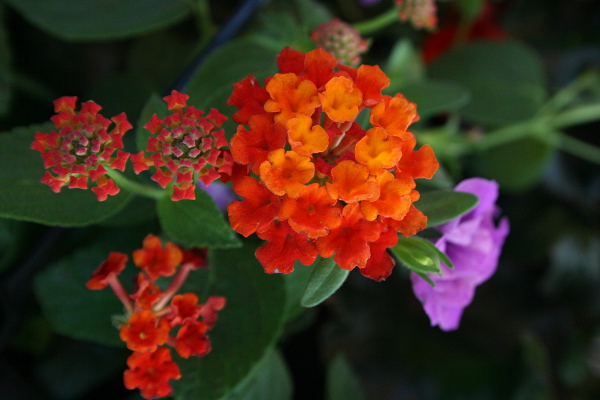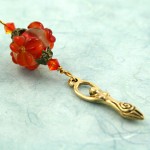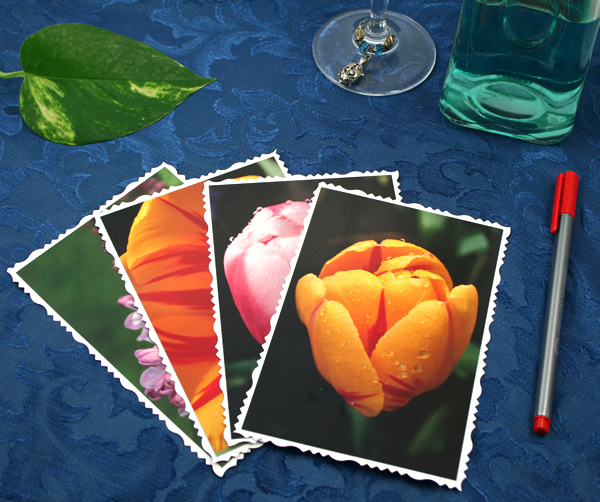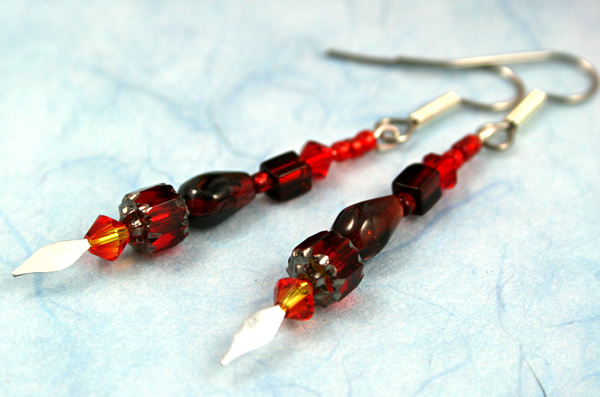On Etsy: https://www.etsy.com/ca/listing/176100195/sheela-na-gig-fertility-necklace-blood
Tag: orange
Beading: Blessingway bead – Summer blooms key
Beading: Blessingway bead – Irish Spice Goddess
Beading: Blessingway bead – Moonlit Flowers
Puzzle: Wings by Joni Johnson-Grodsy
Size: 500 pieces
Dimensions: 48.5cm x 35.5cm
Producer: Sure-Lox, The Canadian Group
Artist: Joni Johnson-Grodsy
Puzzle: With so many bright intermingled areas it’s hard to suggest a single best way to approach this puzzle. Certainly the bird, the distinctly green leaves on a darker background in the top right corner, and the darker areas in the bottom right can be used to start. For the rest of the puzzle, it’s a matter of putting together the more uniform-coloured areas (brighter yellow, darker green, and flaming red leaves), and using branches as guides. Quite an enjoyable puzzle to do.
Photo: Little Orange Bouquet on Green, May 17, 2013
Photo: Orange and Purple Blooms, May 17, 2013
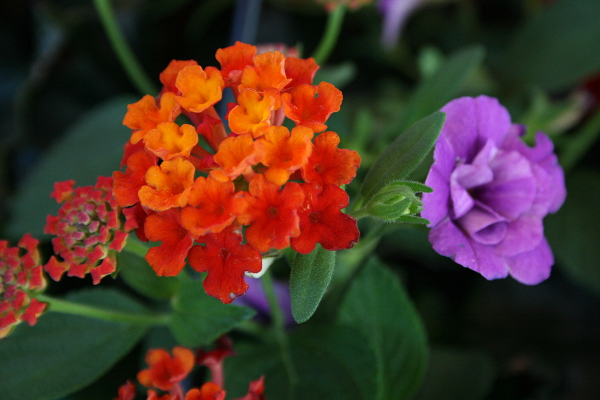
Beading: Blessingway bead – Fire Opal Goddess
Puzzle: Fruit – Pears, Apples, Grapes, Oranges, Kiwi
Size: 1000 pieces
Notes: I do not have a record of the dimensions or the producer of this puzzle as I do not have the box anymore. A clarification is welcome – if you have any clue as to the details regarding this puzzle, I would much appreciate that information.
The pear is any of several tree species of genus Pyrus and also the name of the pomaceous fruit of these trees. Several species of pear are valued by humans for their edible fruit, but the fruit of other species is small, hard, and astringent.
The genus Pyrus is classified in subtribe Pyrinae within tribe Pyreae. The apple (Malus domestica), which it resembles in floral structure, is also a member of this subcategory.
Pears grow in the sublime orchard of Alcinous, in Odyssey vii: “Therein grow trees, tall and luxuriant, pears and pomegranates and apple-trees with their bright fruit, and sweet figs, and luxuriant olives. Of these the fruit perishes not nor fails in winter or in summer, but lasts throughout the year.”
The pear was also cultivated by the Romans, who did not eat them raw: Pliny’s Natural History recommended stewing them with honey and noted three dozen varieties. The Roman cookbook attributed to Apicius, De re coquinaria, has a recipe for a spiced, stewed-pear patina, or soufflé. [Wiki]
Photo: Black on Orange, July 1, 2011

Photography cards: Sun and Rain
Beading: Sunny Flower bookmark
Beading: Candy Red bookmark
Beading: Garnet teardrop earrings with cathedral beads and Swarovski fire opal crystals
Beading: Black cord, orange flower pendant and green necklace

Beading: Wine charms with leaves, set 3

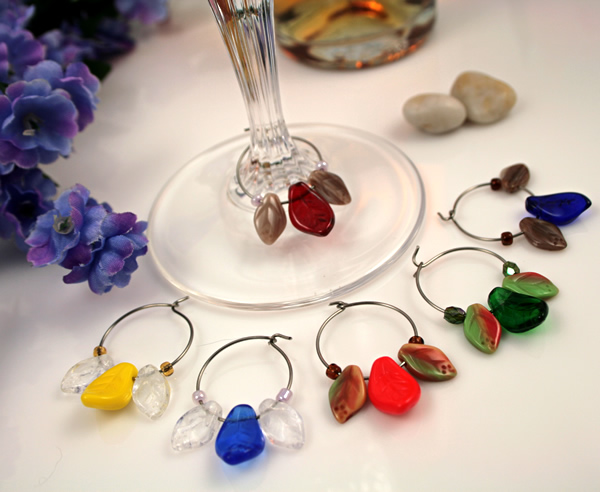

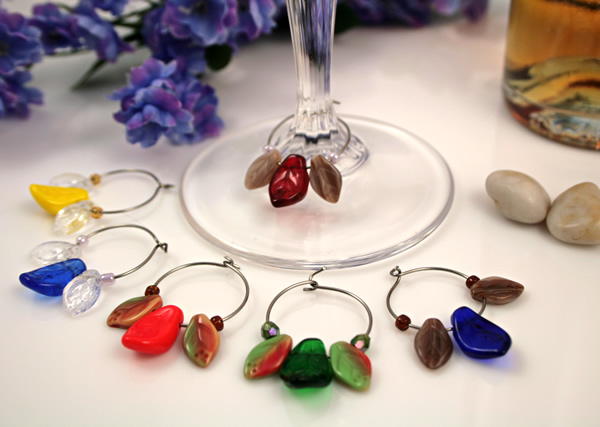



Beading: Green, orange and red triple earrings





















